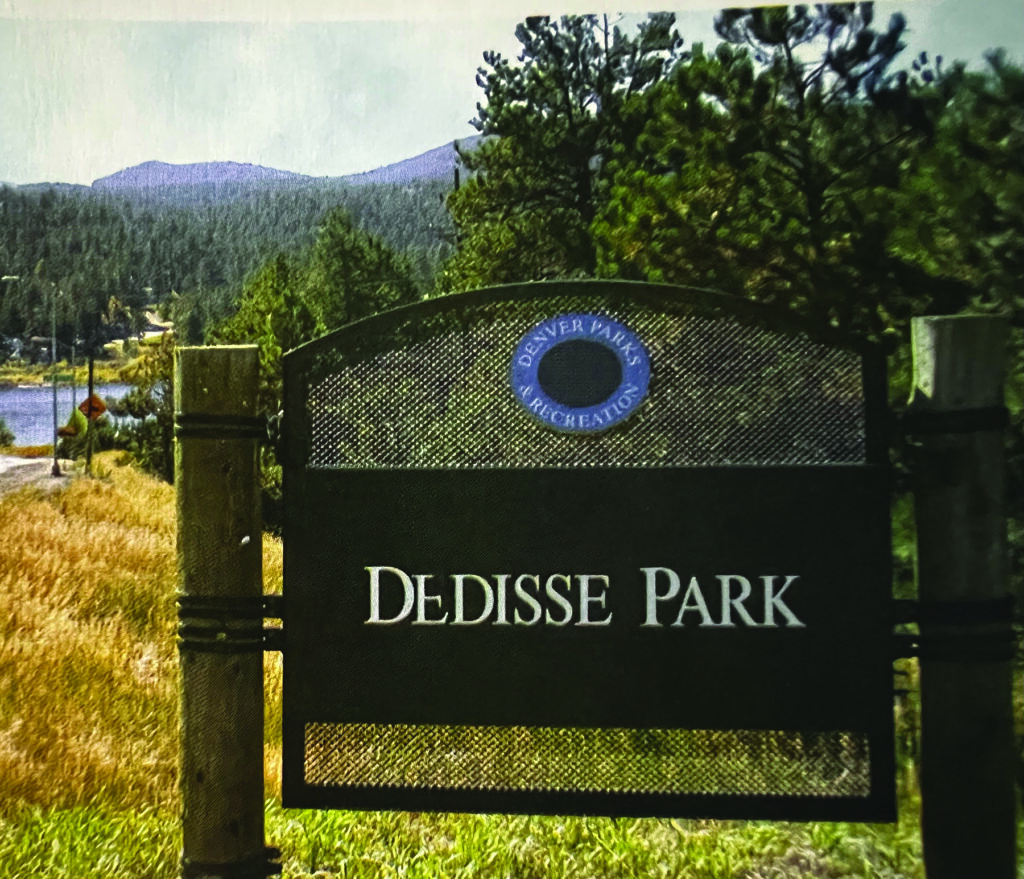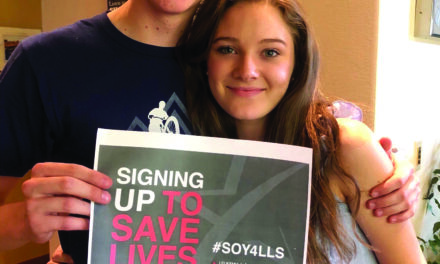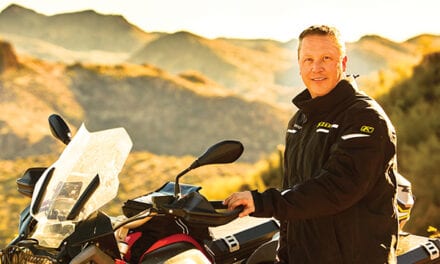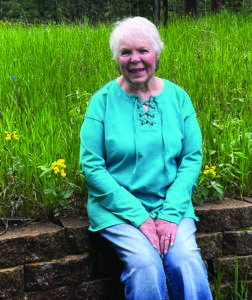
Evergreen Lake is iconic, but to fourth-generation Evergreenite Suzie DeDisse, it embodies her family’s history and heritage. “My great grandfather, Julius Caesar DeDisse, left France in the mid-1800s, met and married his wife, Mary Ann, in New York, then arrived in Evergreen several years later. He had a dream to ranch, and homesteaded 400 acres on gorgeous property located where Evergreen Lake is and beyond. Like many of that era, he grew potatoes and Timothy hay,” Suzie shares.
Of the stunning property, celebrated Evergreen historian Mary Helen Crain wrote in a 1959 article, “These meadows were among the lushest in the entire area, with a profusion of wildflowers and hay so tall that the men and horses were out of sight when they were cutting it.”
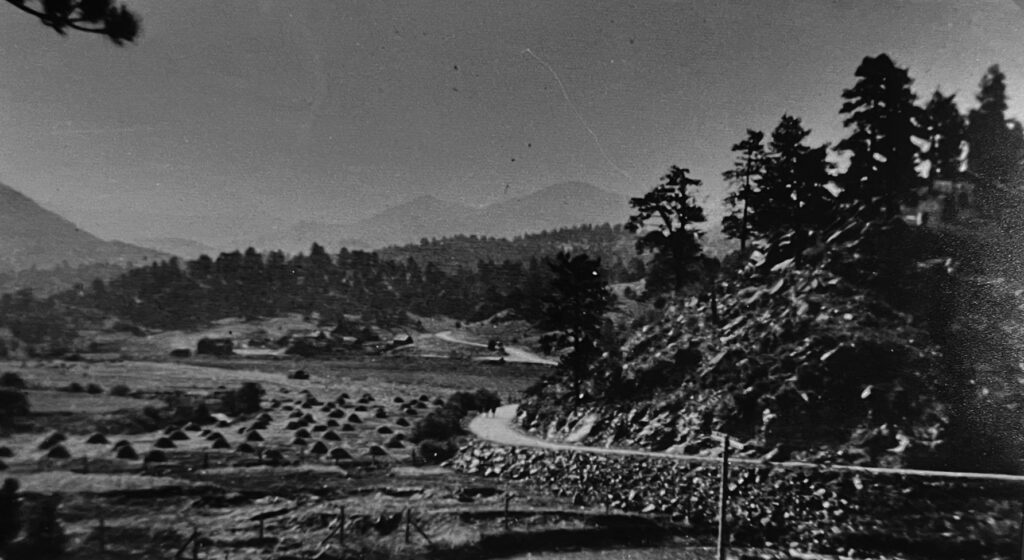
Denver Mountain Parks took possession of the ranch in 1919 over water control issues, causing the family to scatter. Those who remained in Evergreen moved into a bunkhouse that was located on a hill behind Lakepoint.
“Public Service declined to provide electricity to the bunk house, so Julius’s son, my grandfather, Jerome Frederick DeDisse, built a tiny 800-square-foot cabin on Little Cub Creek, complete with an outhouse that had a child-sized seat,” Suzie reveals, and adds, “Jerome’s sister took care of my father, Jerome Frederick Jr., and his brothers when they were little. When Dad was school age, Dr. Josepha Douglas (one of the first women physicians licensed in Colorado, who married Canon Winfred Douglas, who led Evergreen’s early Episcopalian movement) sent him and several other boys from Evergreen to Saint Andrew’s School in Sewanee, Tennessee (an Episcopal Boarding & Day School since 1868). Dr. Jo also paid for my dad’s college tuition when he was accepted at Colorado School of Mines. Following his graduation from Mines, he returned to Evergreen.”
Suzie’s uncle, also named Julius Caesar, backhandedly introduced Suzie’s parents. “Uncle Julius had a date with my mom that he wanted to get out of. He told my dad, ‘I’m going to stand her up.’ Being a compassionate man, my dad stepped in and instantly fell in love with my mom, Carmen Suzanne, as well as her daughter from her first marriage, Pat. They married and moved into the Little Cub Creek house, and my dad built an extension to the cabin to keep up with his growing family which included my older sister, Yvonne, and younger brother Jerome Frederick III. Because my tongue stumbled over the word ‘brother,’ I called him ‘Brud.’ The nickname stuck with him for life. Never will I forget when Dad added a bathroom to the house, and I was disciplined when I tried to flush my dad’s jeans,” she reveals.
Times were tough during the 1940s, as Suzie describes: “Fuel oil heated our house, and many times there wasn’t enough money to buy fuel. My mom hung a blanket over the front door in an attempt to keep the bathroom and kitchen warm, which is where we dressed on cold days. The majority of our mountain population was poor, and many worked more than one job to make ends meet. Numerous people sold eggs, cream, and other staples. A few commuted to the Denver Federal Center, then known as the Remington Arms Company during World War II. As hard as life was, it was also simple. Neighbors always helped one another. As far as I was concerned, it was a good life.”
Next to the Upper Bear Creek Road bunkhouse, a popular restaurant/night club, Eddie Ott’s, was built and drew a Denver crowd. “Both of my parents worked at Eddie Otts, which later became Evergreen by the Lake. My dad was the bartender and my mom waitressed. Dad also cleaned septic tanks, hauled flagstone and rock often used to build homes along Upper Bear. During World War II, soldiers stationed at Denver’s Lowery Air Force Base and Fitzsimmons Army Medical Center loved eating and drinking at Eddie Ott’s. When they had too much to drink, my parents brought them home. I clearly remember stepping over them as they slept it off. After serving them a big breakfast, my parents made sure they arrived back to their bases the following day,” she says.
Historical families like the DeDisses firmly rooted themselves in Evergreen with following generations never wanting to leave. This cultivated long-lasting friendships, as Suzie shares: “One of my best friends is AdaJane “AJ” Hendryx Knoll. (AJ’s grandparents, Josef and Carrie Stransky, started the Stransky Ranch and were among several who established the Evergreen Rodeo and Parade.) When AJ and I were tasked to watch Brud while my mom milked her goat, which she did daily since Brud was allergic to milk, we carried Brud across the road, nestled him against a rock in the creek, and played in the water. We were also given the freedom to explore with no boundaries and often rode our bikes, leaving them on the road when we reached our destination. Never was a bike stolen. Horses, owned by a variety of people, were allowed to free range along Upper Bear Creek Road. We loved catching them with ropes that we twisted into halters, then jumped on their backs and rode them for as long as we pleased. Should someone fall off, the fault was ours. Danger was of little concern to us, but I do remember the one time I decided to run away from home. I went as far as I thought a mountain lion lived, then turned around, anxious to get home.”

Of her school days, Suzie recalls, “Both the grade school and high school were located in the same building where Evergreen Library is now. Our football field was in the grassy area on the swamp side where the Lake House stands. The swamp was loaded with frogs, and if you didn’t sit high enough in the bleachers, you were sure to get a frog put down your back. The night before homecoming, students met at the high school, linked our arms, and did the snake dance, weaving our way downtown.”
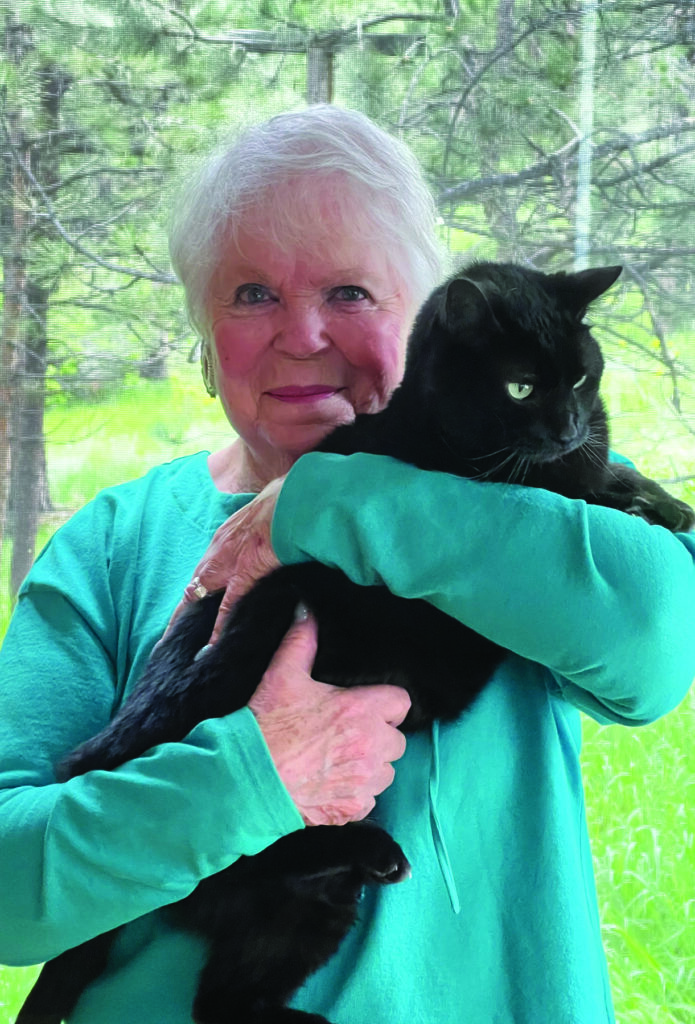
Suzie, with a handful of others, established Evergreen Animal Protective League (EAPL) in 1981. “As Evergreen’s population grew, so did the number of pets that often were lost or no longer wanted. After seeing so many animals dead by the roadside, I decided it was time to do something about it. A $250 donation allowed us to purchase bumper stickers as a means to get recognition. Our first rescue was a black cat, and our first adopter endured a regime of what we thought were pertinent questions. Once adopted, she told us, ‘It would have been easier to adopt a child.’” Suzie maintained her post as EAPL’s president for 15 years.
DeDisse Park, owned and maintained by Denver Mountain Parks, was named to honor the DeDisse family and their homestead, and includes Denver’s first mountain golf course. The DeDisse Trail connects with the Pioneer Trail and also offers several other trails for biking and hiking, as well as a covered picnic site and an array of picnic tables.
Of her family’s longtime history and heritage, Suzie claims, “I was very happy growing up in Evergreen, and I would not have traded it for anything.”
